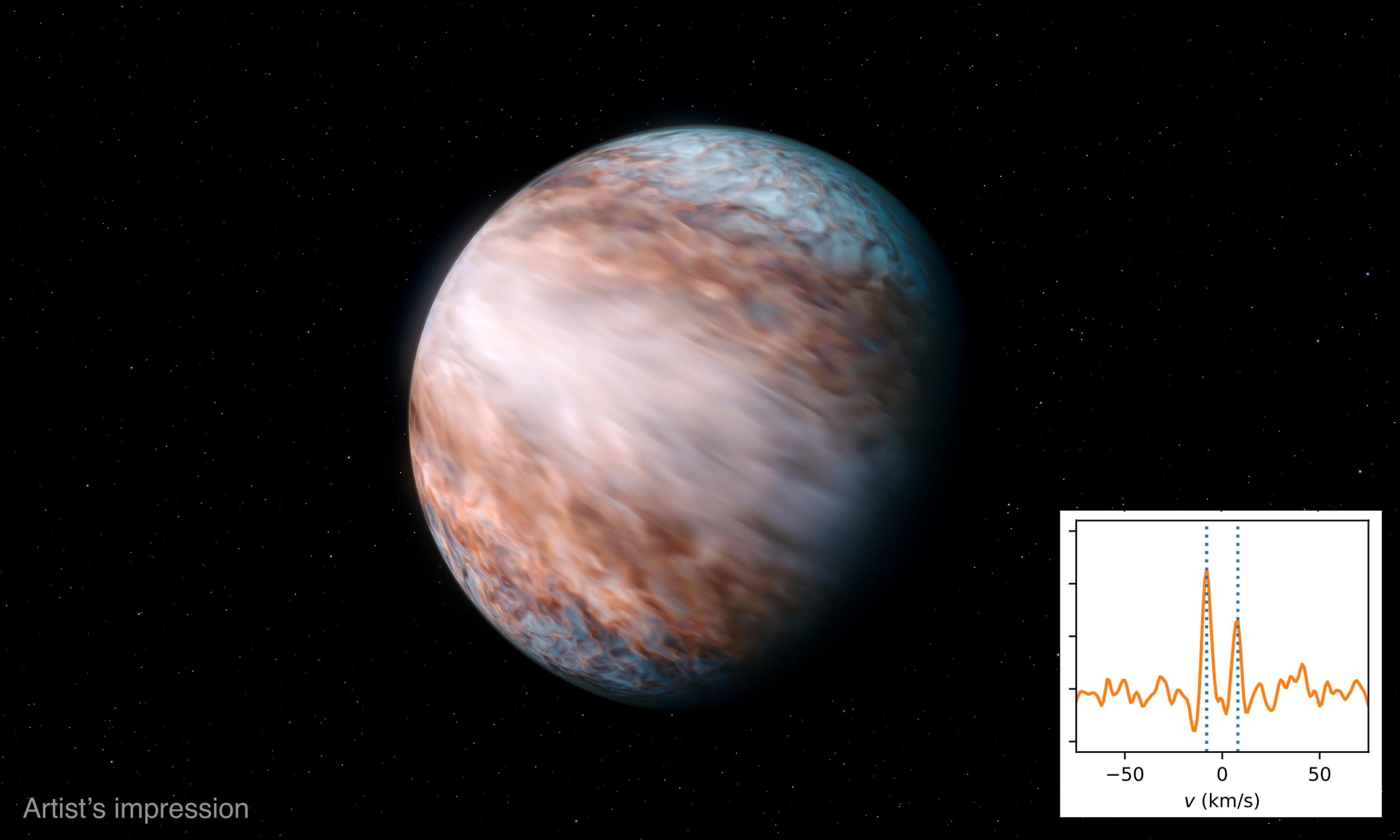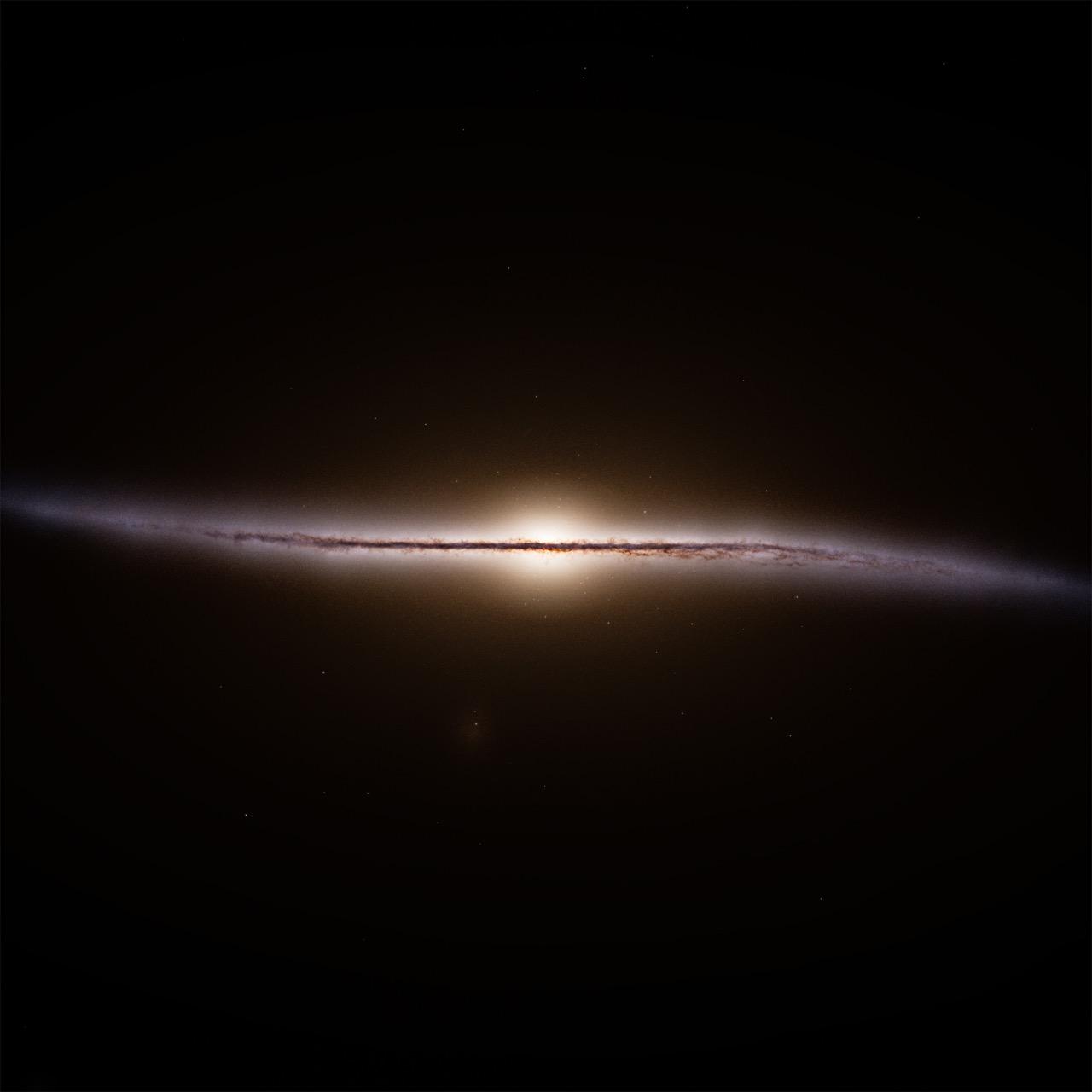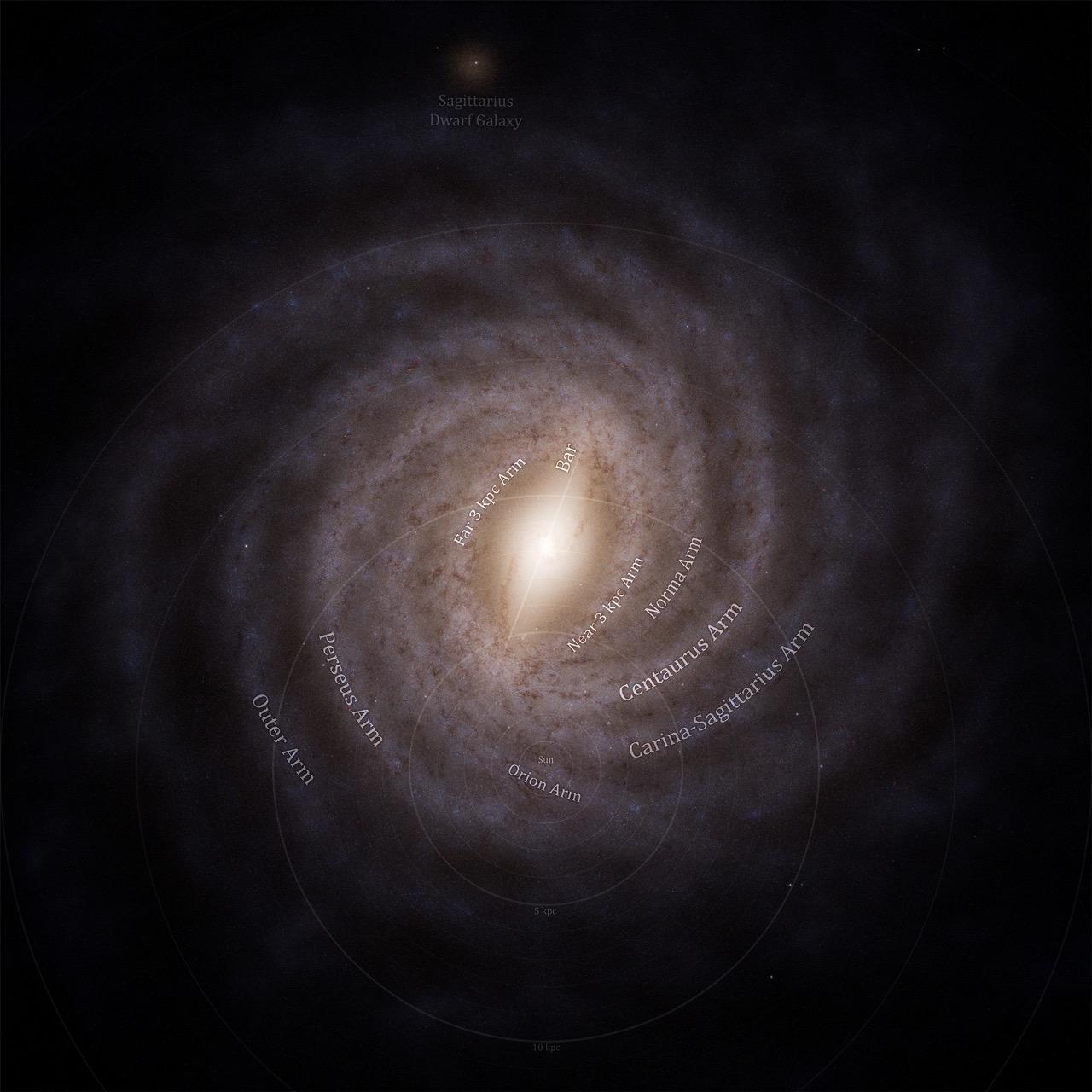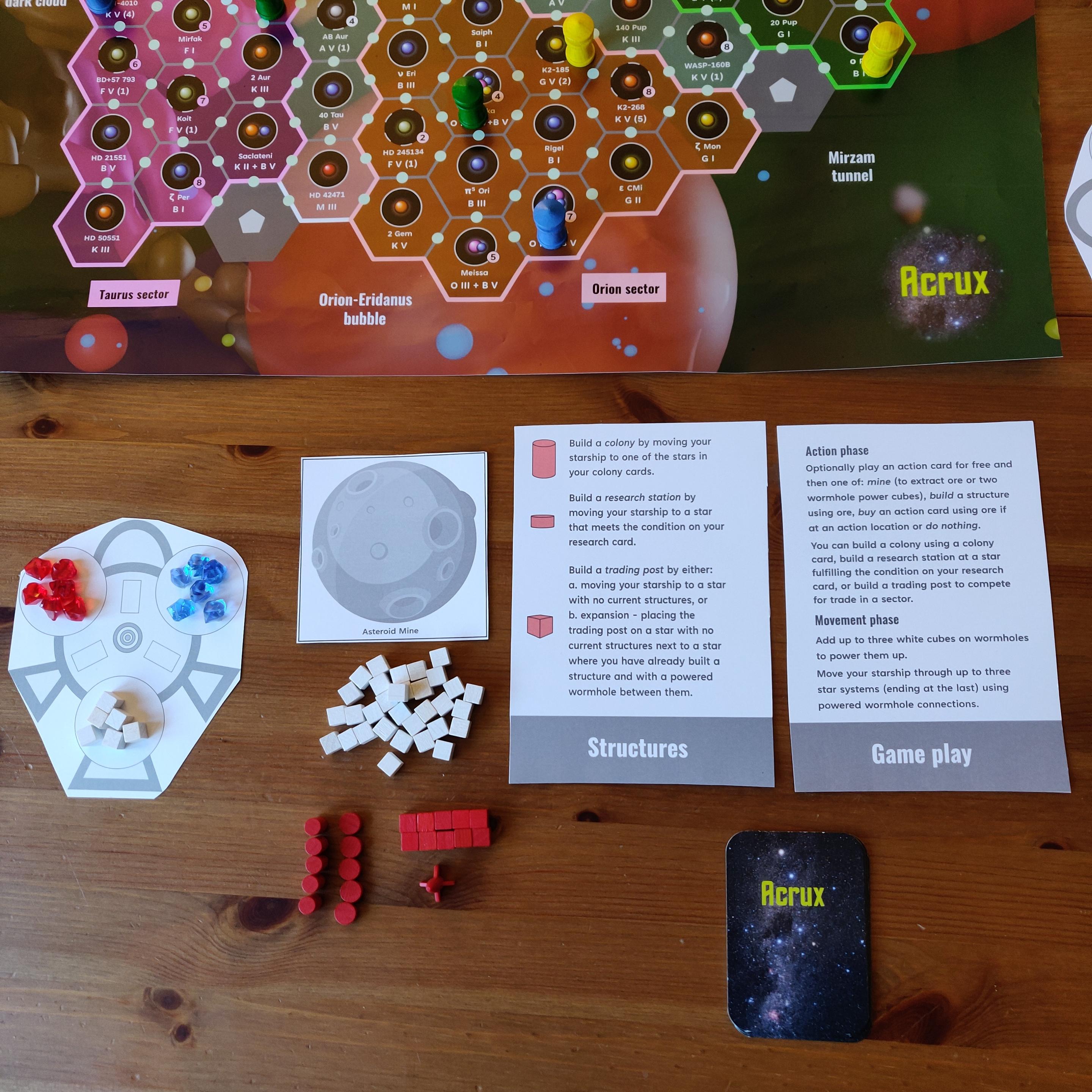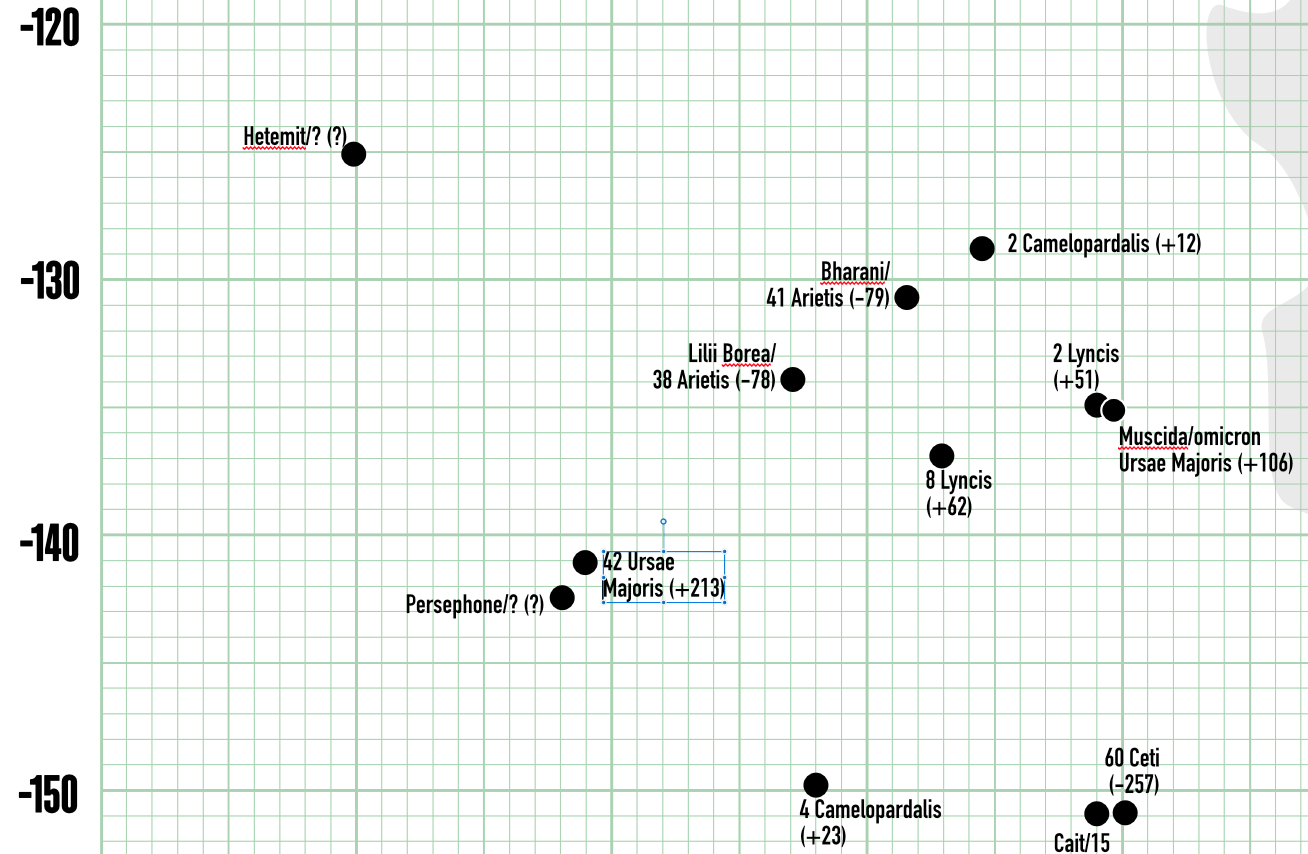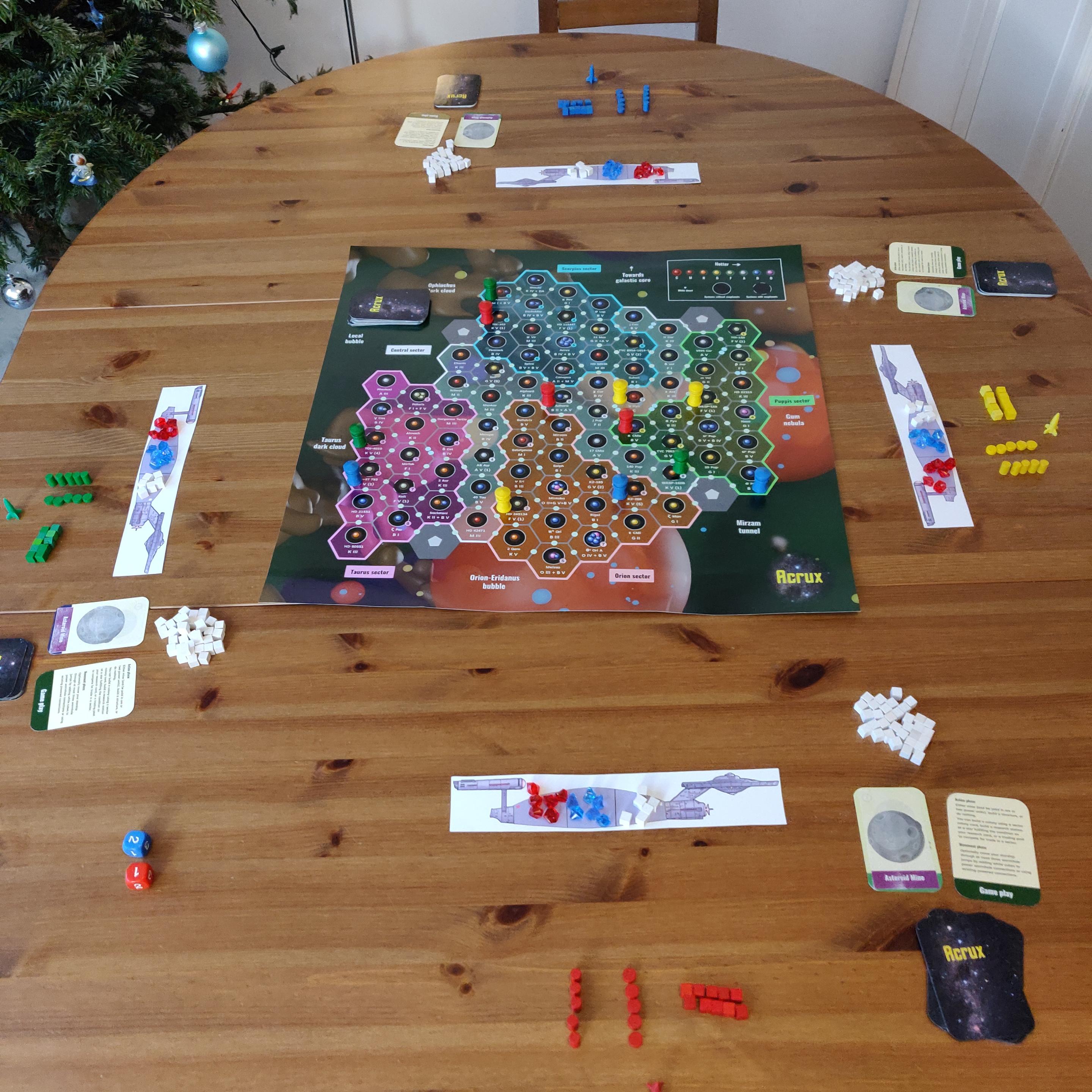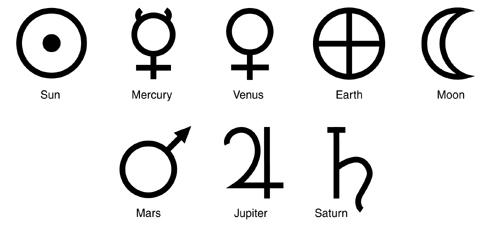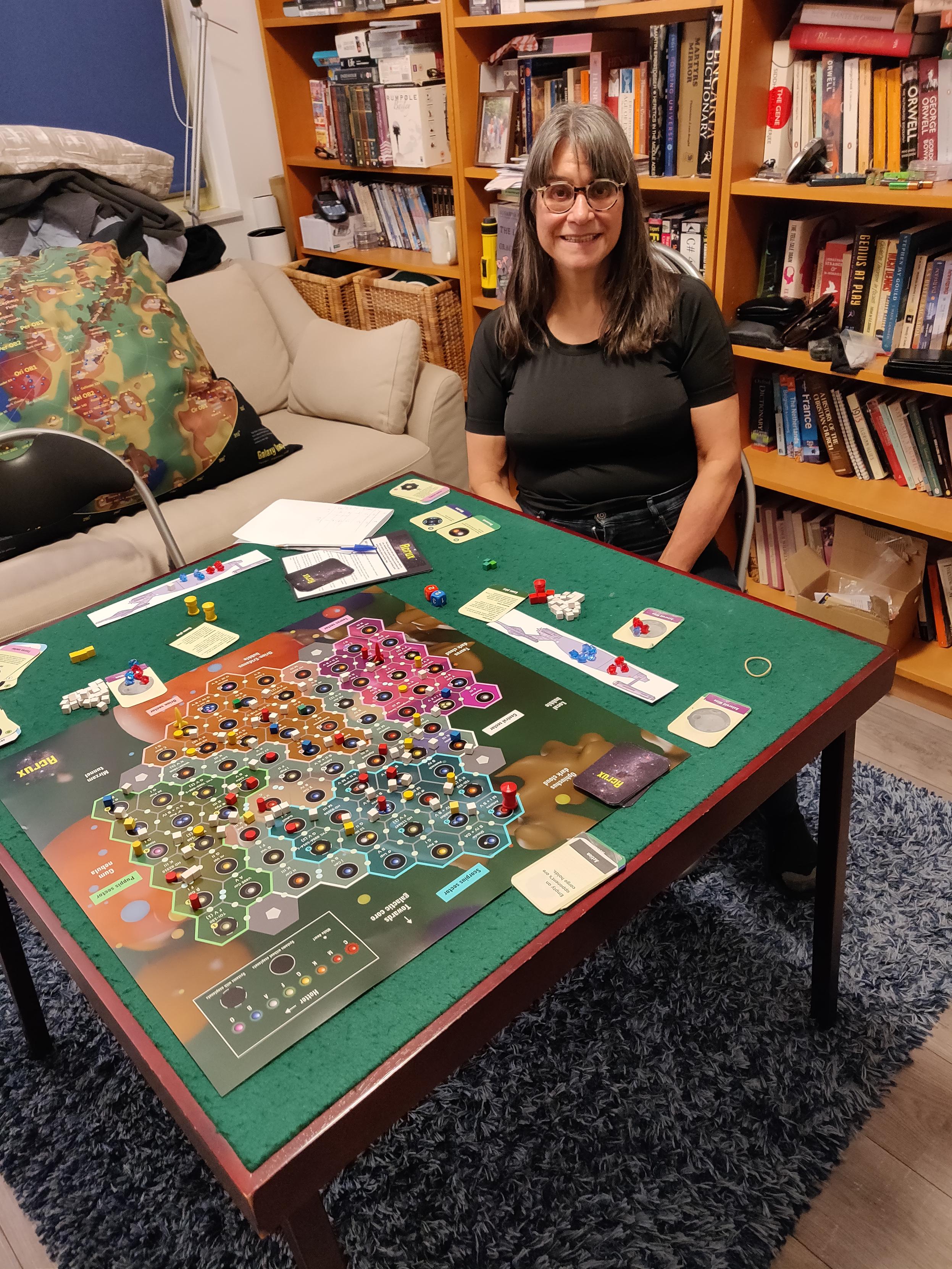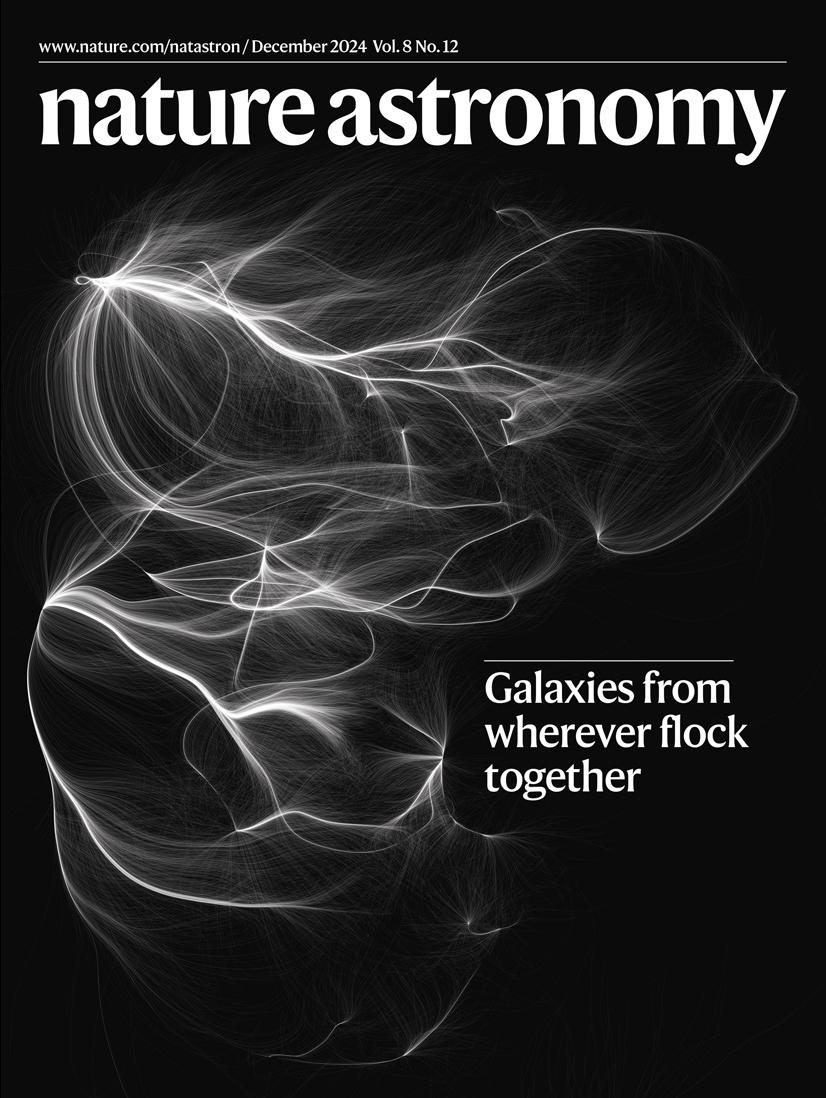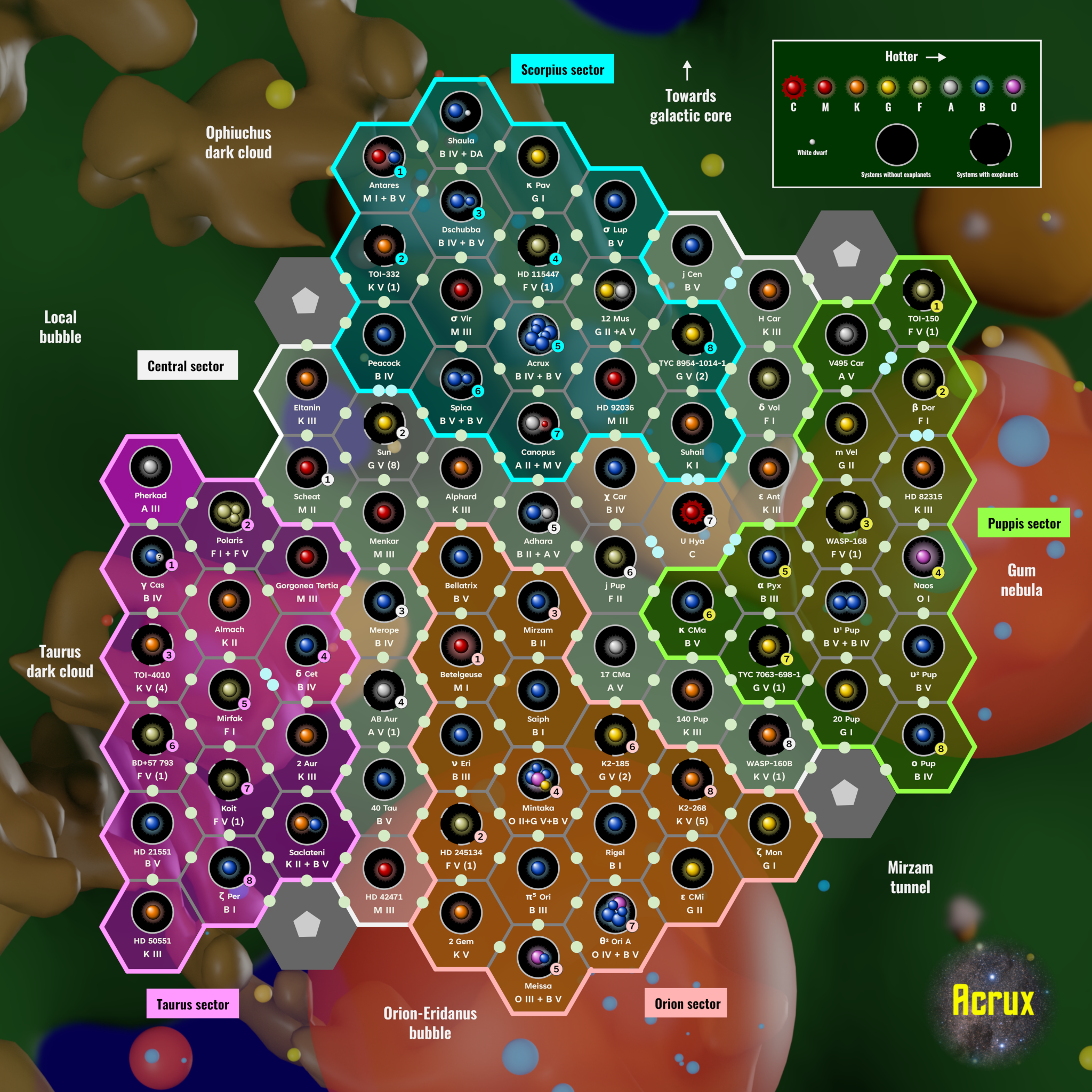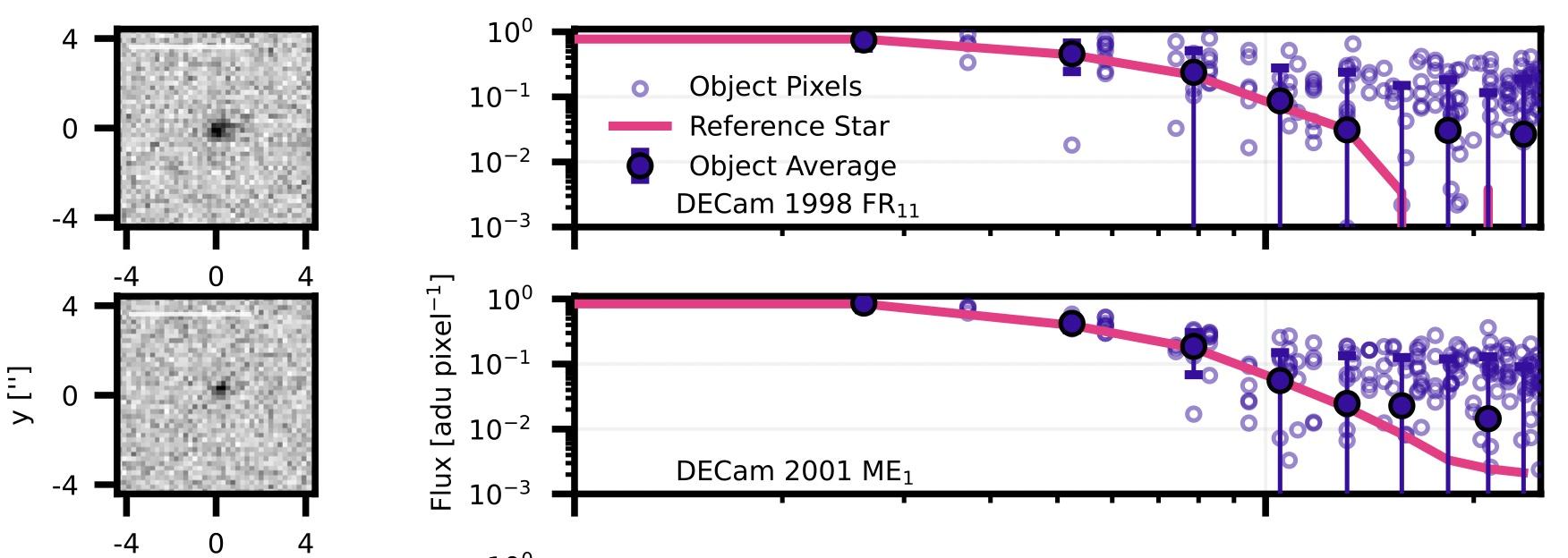Content Warning
Content Warning
Content Warning
Thank you to everyone who has contributed so far. We just need a few more tips to put us over the top (and for me to stop nagging you!)
Please help: https://tiptopjar.com/kevinjardine
Content Warning
WASP-127b is also a weird puffball, less dense than balsa wood! What a world.
https://www.eso.org/public/news/eso2502/ #science #nature #astronomy #weather
Content Warning
The Ring Nebula's true structu...
Content Warning
Our awareness of galaxies is just one century old! I dig into the full story in my latest Invisible Universe column:
https://invisibleuniverse.substack.com/p/the-100th-birthday-of-the-universe #space #science #astronomy #history
Content Warning
Content Warning
Content Warning
Content Warning
Content Warning
Earth & its Moon were forged from a violent collision. But Pluto and its giant moon, Charon, came together with a gentle kiss. A similarly soft process may have occurred all across the outer solar system.
https://www.sciencenews.org/article/pluto-charon-moon-kiss #space #science #astronomy #love
Content Warning
@jswhitten @galaxy_map, @nyrath opinions?
#Discussion
#StarTrek
#StarCharts
#StellarCartography
#astronomy
#galacticcartography
#mapmaking
#research
#debate
Content Warning
After six months of play testing I think the game is basically finished so I am now looking at ways to promote it and find a publisher.
Content Warning
#sciart #linocut #printmaking #womeninstem #geometry #histsci #astrolabe#MastoArt
Content Warning
"Cuddling" in this case means they're about as far apart as Voyager 1 is from Earth...which is really close for such monster objects.
https://science.nasa.gov/missions/swift/nasas-swift-studies-gas-churning-monster-black-holes/ #science #space #astronomy
Content Warning
Content Warning
Content Warning
"Galaxies from
wherever flock
together"
I'm no poet, but could this be a Haiku?
https://www.nature.com/natastron/volumes/8/issues/12
Credits:
Image: Daniel Pomarède, Institut de Recherche sur les Lois Fondamentales de l’Univers, CEA, Université Paris-Saclay.
Cover design: Bethany Vukomanovic.
#Cosmology#Galaxies#Astronomy #Astrodon#Astrophysics#Cosmography#Cartography#Map#Cosmicflows #science#STEM #news #space
Content Warning
The Acrux prototype is looking more and more like a real board game!
These objects are classified as "dark comets." Presumably they are emitting puffs of gas that shifts their orbits. But ...so far, nobody can spot any sign of activity.
https://www.nasa.gov/solar-system/comets/nasa-researchers-discover-more-dark-comets/ #space #science #astronomy #nature
Content Warning
Allow me to correct that oversight. Here is "Two Distinct Populations of Dark Comets Delineated by Orbits and Sizes":
